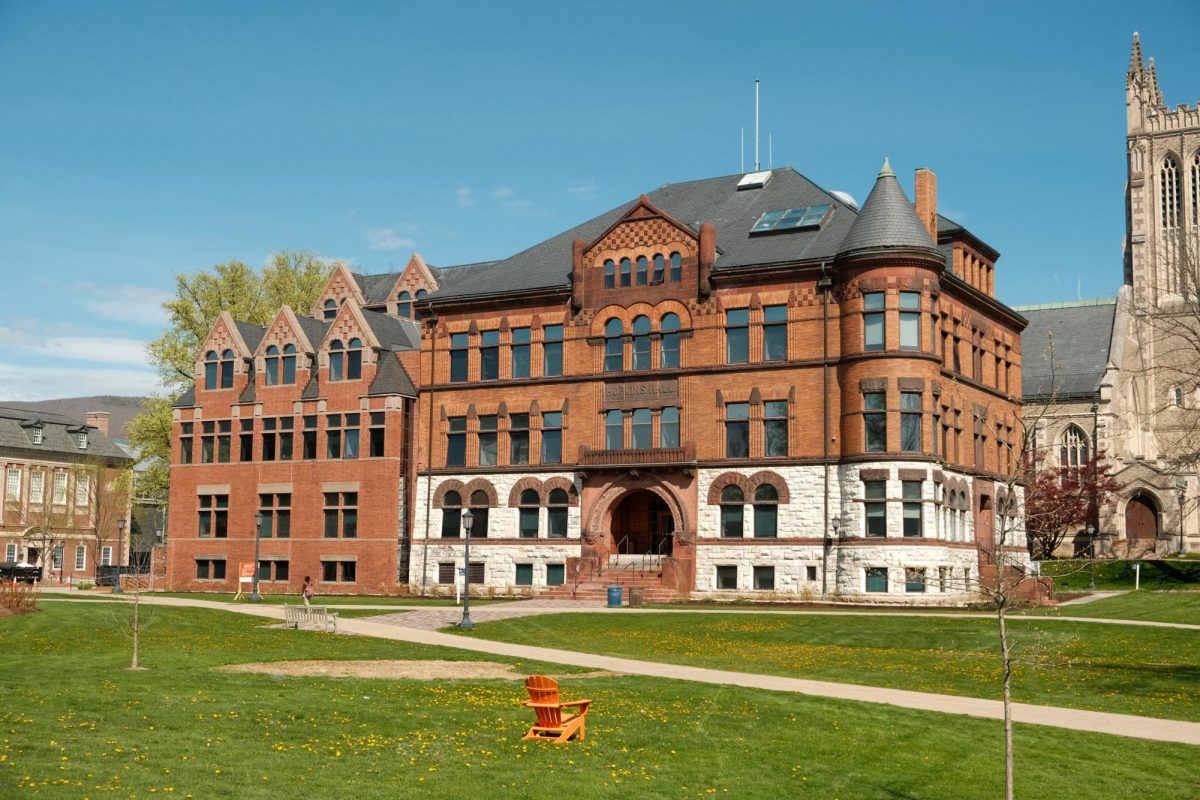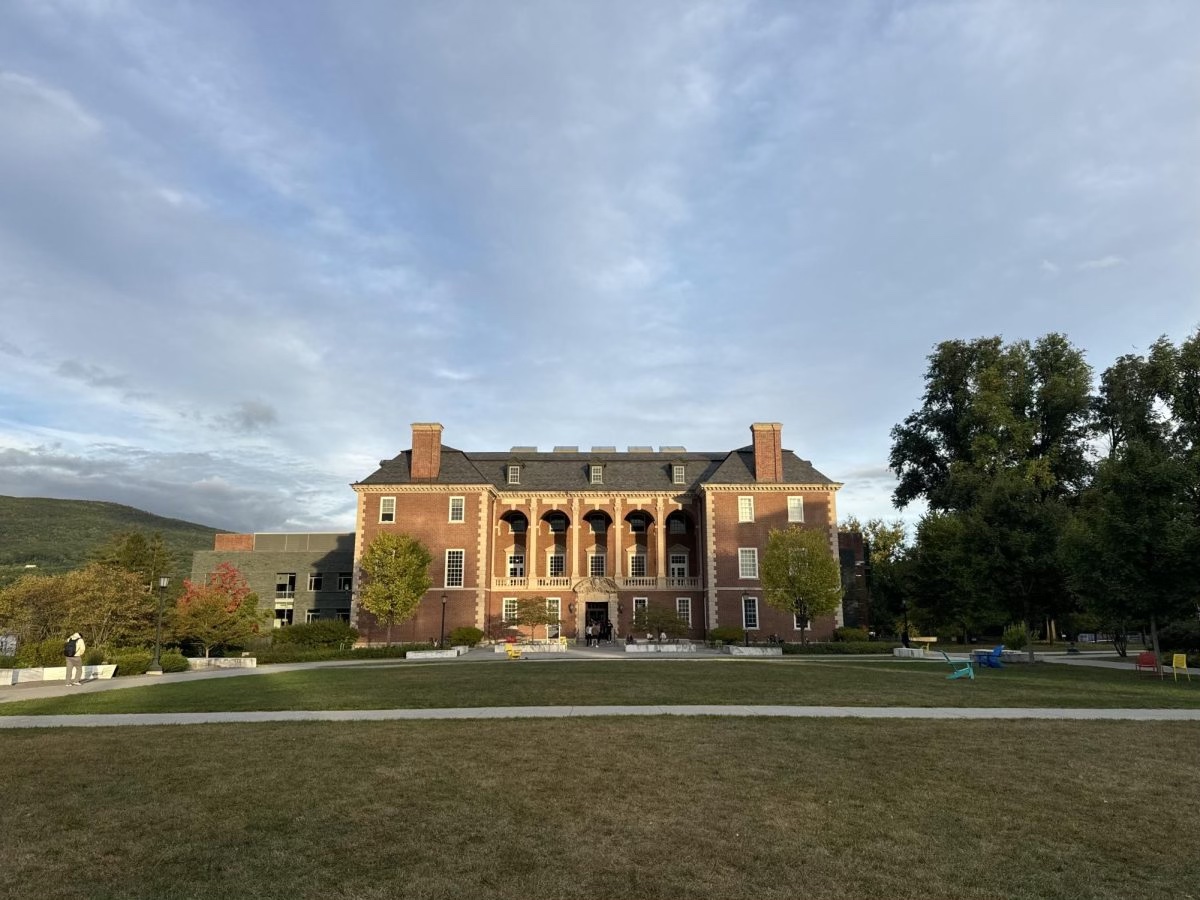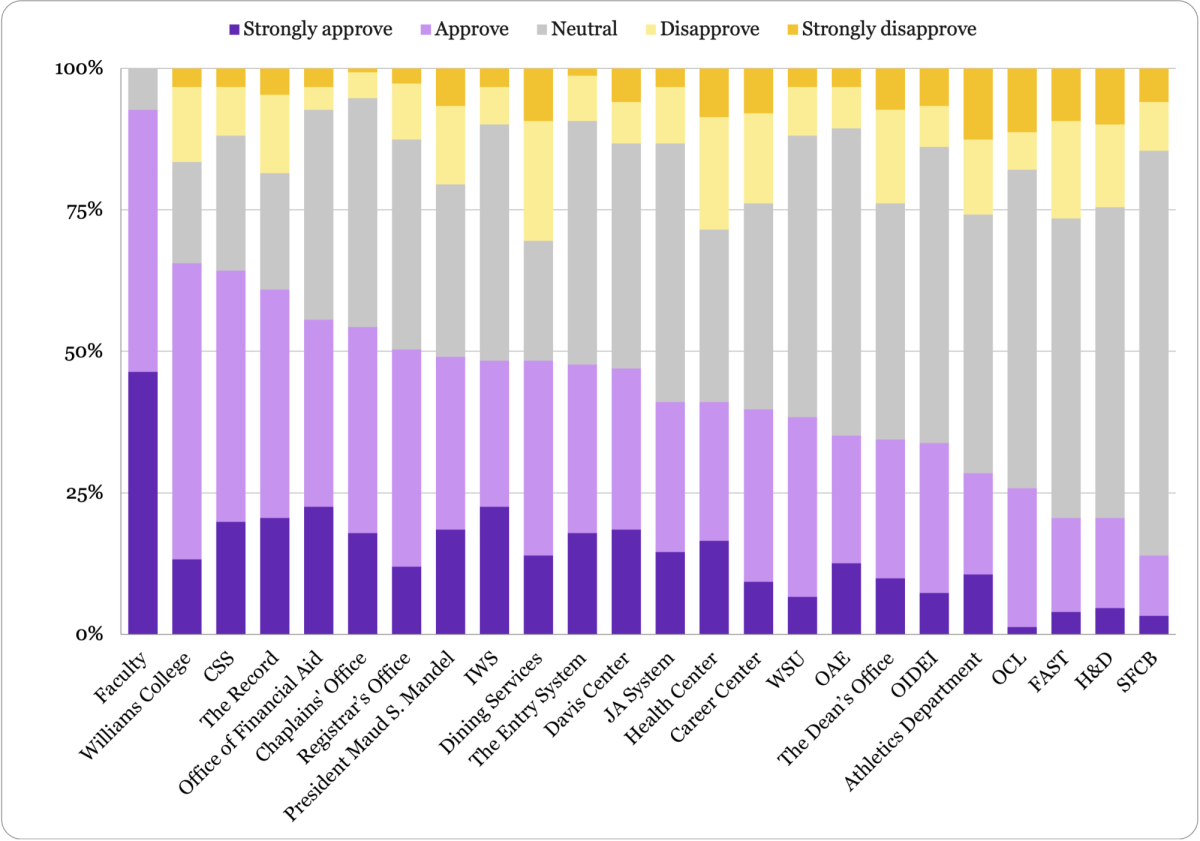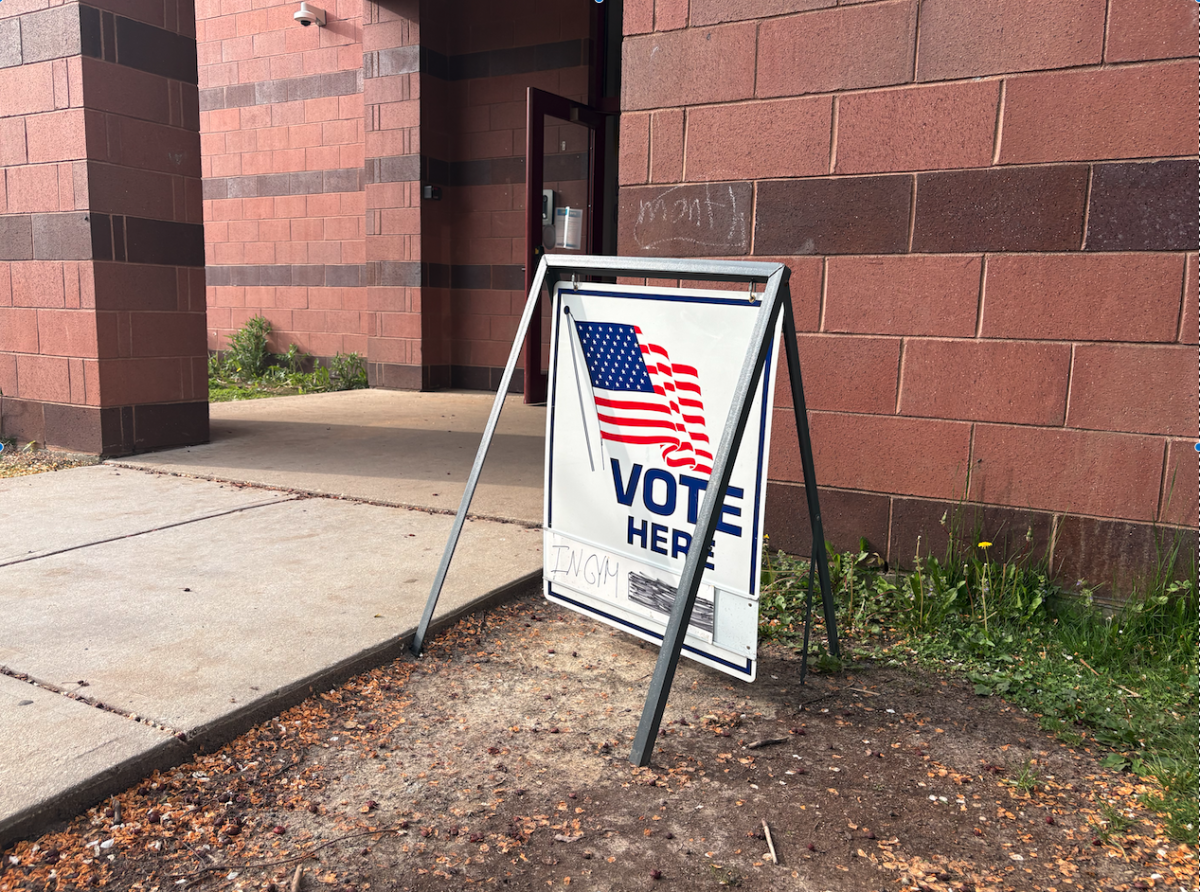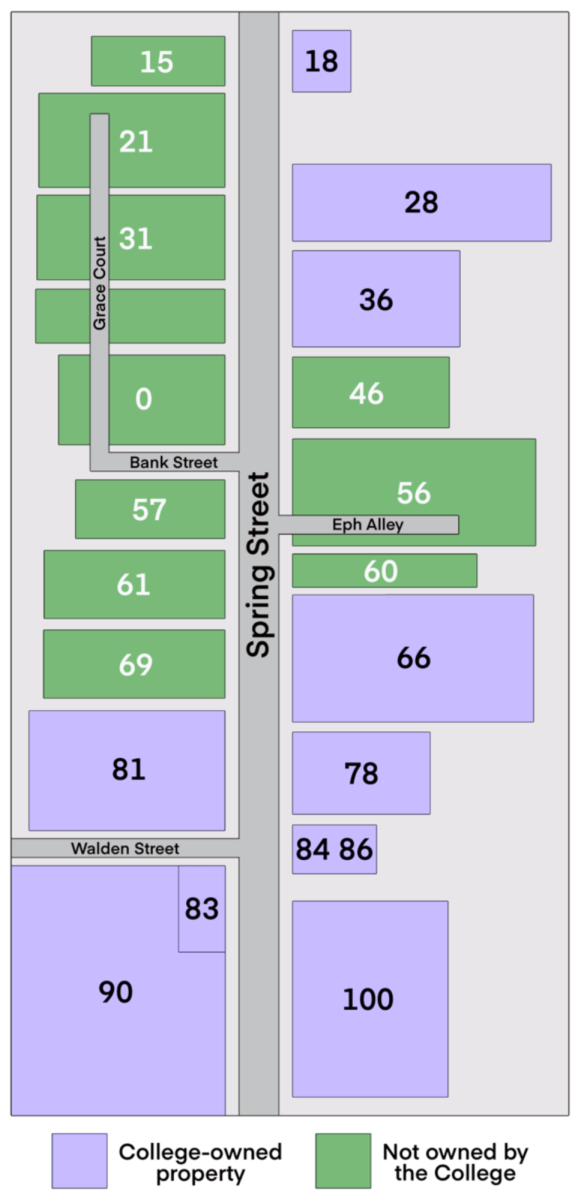The Storm Orchestra: an exploration of geosciences through music
October 19, 2022
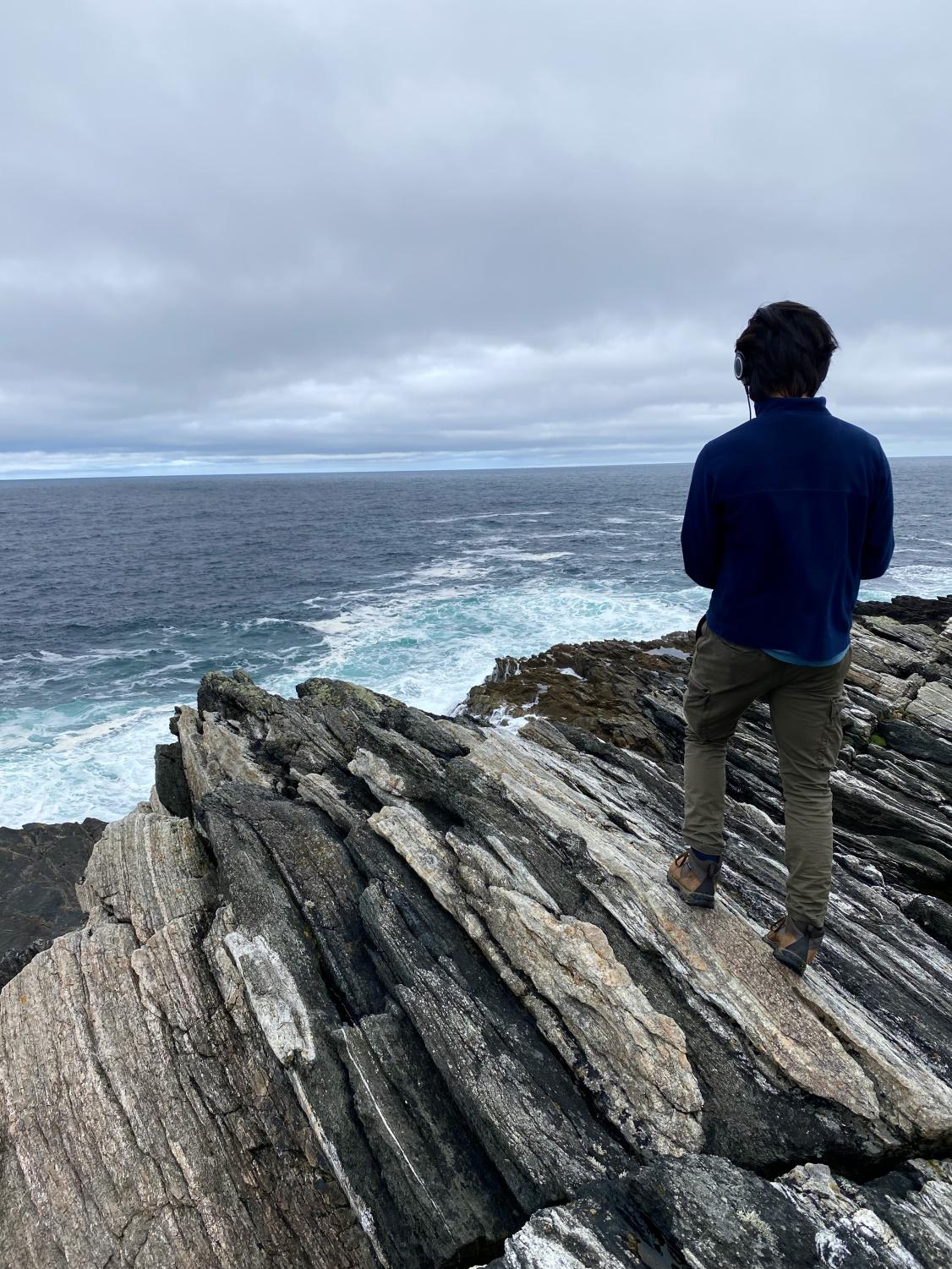
The intersection between music and coastal geomorphology — the study of the evolution of the coast under the influence of winds, waves, and currents — might not be immediately apparent to most people. The Storm Orchestra, however, seeks to illustrate the overlap between the two.
A library of virtual instruments created by Nathan Sherwood Liang ’25, The Storm Orchestra is one component of a multi-year research project led by Professor of Geology and Mineralogy Rónadh Cox and funded by the National Science Foundation (NSF). Anyone can download The Storm Orchestra online and compose music using its virtual instruments (computer software that recreates the sounds of a musical instrument) composed of field recordings from Ireland’s coast.
Cox received the NSF grant in 2020 to support her research on the sedimentology and evolution of boulder beaches. According to Cox, proposals to the NSF are not only evaluated on their intellectual merit but also their “broader impact,” which sometimes involves providing training or career opportunities to undergraduates. “But it’s also an invitation to do things that are more interesting,” Cox said.
In the case of this project, she saw potential to share her scientific findings with a broader audience by highlighting the connection between ocean waves and sound as a wave form.
“Leveraging the physics of that intersection and also the fact that music speaks to people in ways that data and graphs don’t always do, the idea was to create musical pieces that would express some of the phenomena that we’re working on,” Cox said. “Those could then be bundled with educational materials, so they would serve as a link to the science itself.”
Cox herself plays the bodhrán (an Irish frame drum). She performs with a group of musicians at MASS MoCA on Saturday mornings and, in some years, at the FreshGrass Festival, although she self-identifies as an amateur musician. “Music is just an important part of existence,” Cox said. “If I’m out in the field or if I’m on my own walking along, I’m usually singing or drumming on something. [Music] occurred to me as being a way to incorporate that kind of broader impact into this project.”
The research proposal involved two musical components: a percussion project, which turned into The Storm Orchestra, and a vocal piece, on which Cox collaborated with Lecturer in Music Brad Wells. For the vocal project, Wells and Cox commissioned native Hawaiian composer Anne Leilehua Lanzilotti to compose the piece “On Stochastic Wave Behavior,” which vocal band Roomful of Teeth — a group founded by Wells — premiered at MASS MoCA in August. Cox said the shape of the resulting vocal piece largely aligned with what she first envisioned in her proposal, but the percussion project, on the other hand, took a surprising new direction.
Cox said she had originally proposed to do this aspect of the project with two professional percussionists in Ireland, but the COVID-19 pandemic prevented her from traveling to Ireland and discussing the project with them in the field. When she did travel to Ireland this past summer with her geosciences research students, Liang was among them.
Liang first met Cox when he took GEOS 104: “Oceanography” with her in fall 2021. After he mentioned in a paper that he had entered in the music category for a competition about art for climate awareness, Cox reached out to him and told him about her interdisciplinary research. “He and I were talking about his interests at the intersection of geoscience and music, and I said, ‘You know, I have a project that might be of interest to you,’” Cox said.
In Ireland, Liang helped collect data for the scientific fieldwork portion of the project, but he also kept an ear out for unexpected sources of musicality. “On the side, I would bring a microphone with me,” Liang said. “I’d just be walking around, and there would be a nice-sounding rock, so I’d put the microphone down and roll around on it. [Professor Cox] was super into it. She was like, ‘We should all throw some rocks!’ So we threw rocks.”
Liang recorded waves crashing, boulder noises, and samples from instruments — including Cox playing the bodhrán. Using the physics of waves, he digitally enhanced the recordings by altering wavelength and amplitude to produce the sounds of larger storm waves. He then combined the resulting sounds into a virtual instrument.
Cox’s original plan was to produce a traditionally formatted album with the Irish percussionists, to be delivered to audiences through Spotify, SoundCloud, or YouTube. “But Nathan took that ball and just ran away with it,” Cox said. “When we came back, he produced this thing that was fully fleshed out and quite different from what we had been thinking about. [The Storm Orchestra] meets the vision that I had in a way that I didn’t expect. It’s very original, and it’s entirely Nathan.”
“He’s really utterly extraordinary,” Cox continued. “He’s done this all himself. He has the heart and soul of a composer but the curiosity of a scientist, and he brought those things to bear on this project.”
Liang took a gap year before starting at the College, during which he became interested in film-style music composition — which often involves virtual instruments. “That’s how I started using [virtual instruments],” Liang explained. “Every now and then, if I was inspired, I’d whip something together.”
But The Storm Orchestra is a more involved project than his previous endeavors, according to Liang. “It has a graphical user interface and animated components, which I’d never done,” he said.
One of the aspects of Liang’s creation that Cox said she appreciates most is its accessibility. “It’s everybody’s,” Cox said. “He has made something that anybody can use. It’s just beautiful. I didn’t know enough about virtual instruments and modern digital composition to be able to conceive of that, but being able to make that available for free to anybody who wants it is huge for me.”
Liang is now working on video materials about waves and coastal science to accompany the instrument in educational settings. “It can play in GarageBand, so you can imagine a grade-school situation where students learning about the physics of waves can get out a computer and actually interact with the instrument,” Cox said.
As of early October, The Storm Orchestra had been downloaded nearly 1,200 times, and Liang is working on having the project installed in a museum in San Francisco next summer. One of his goals for the instrument is to inspire kids to interact with geosciences and coastal science. “That’s what I love doing,” he said.



